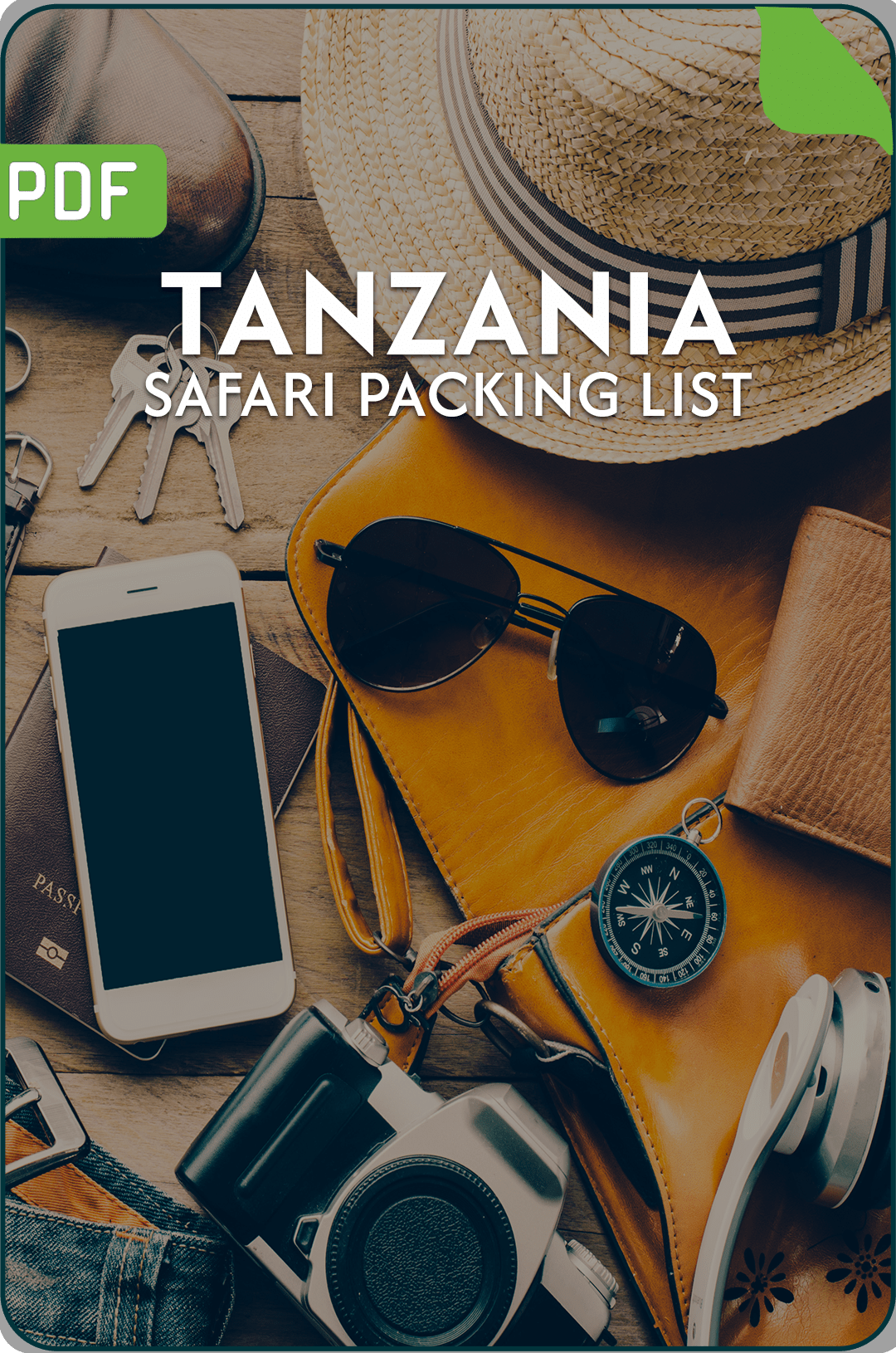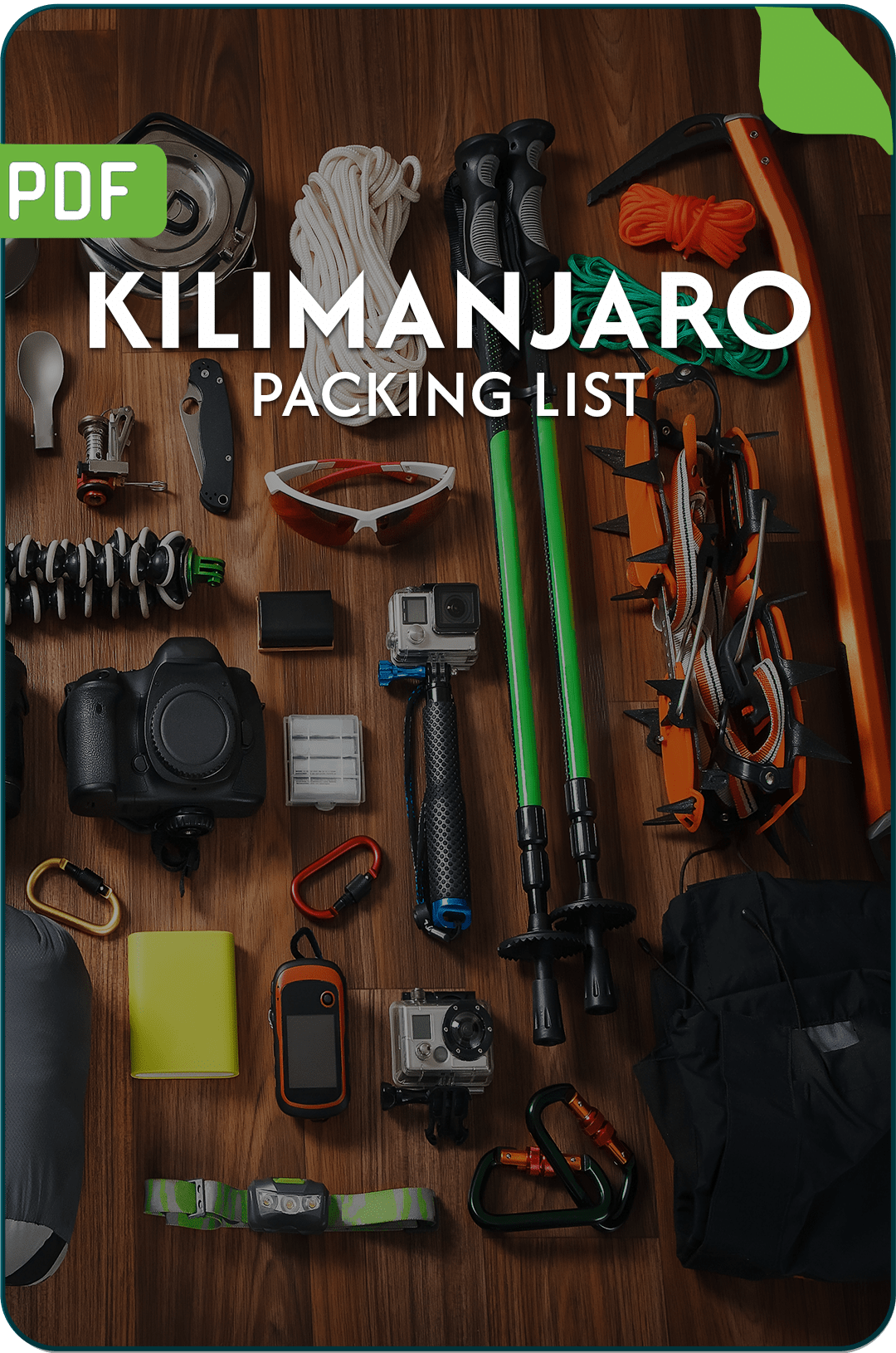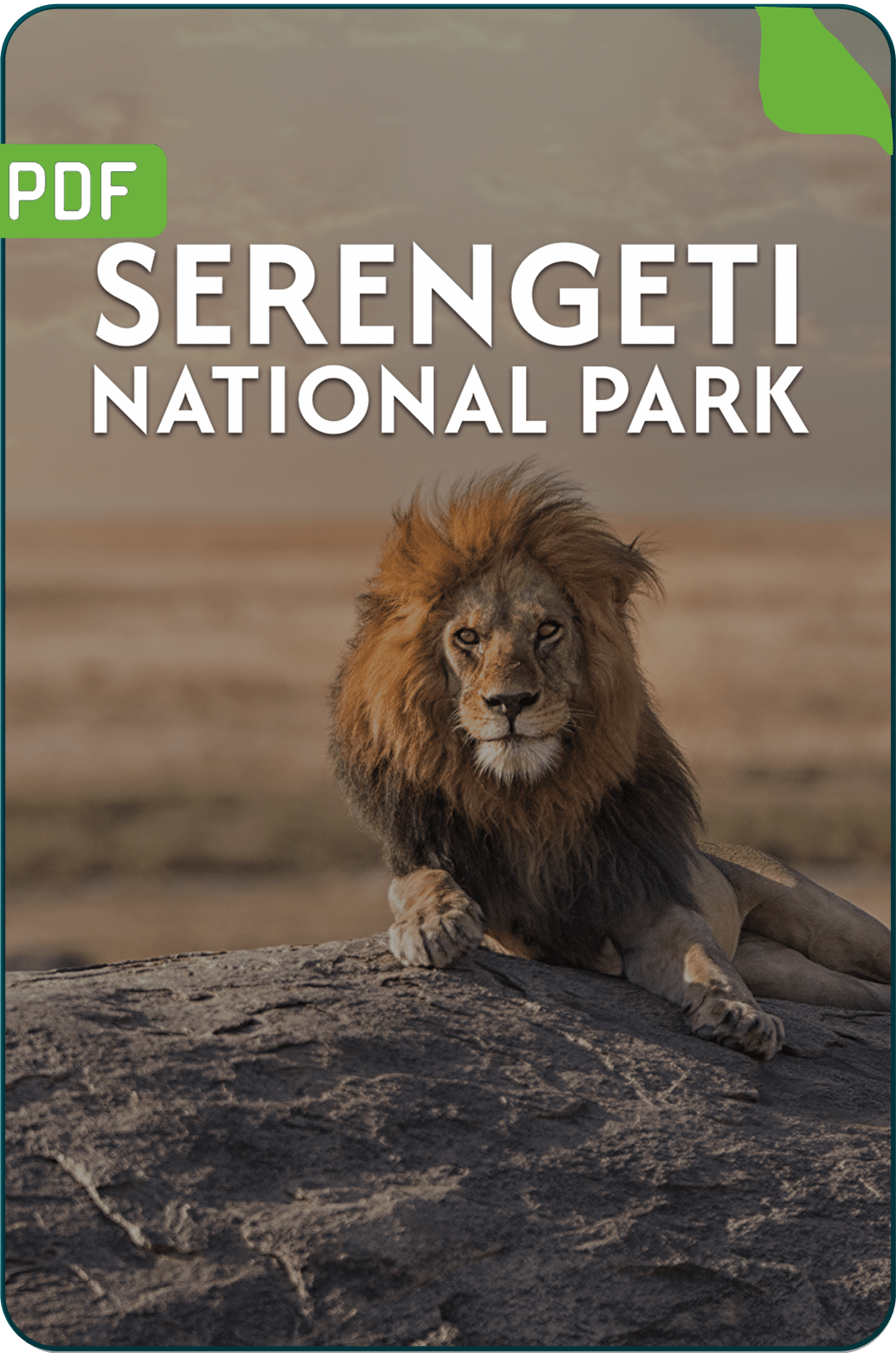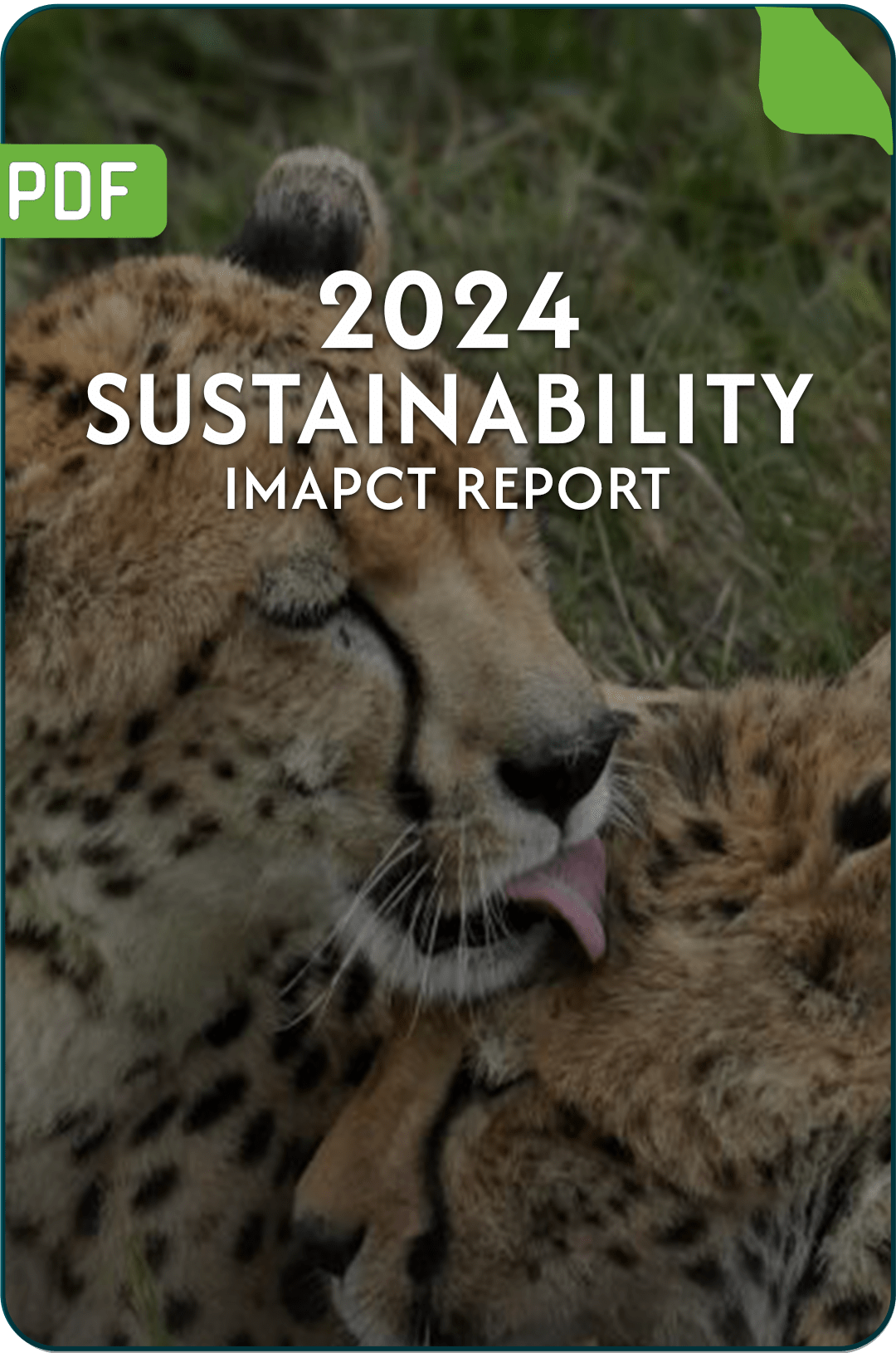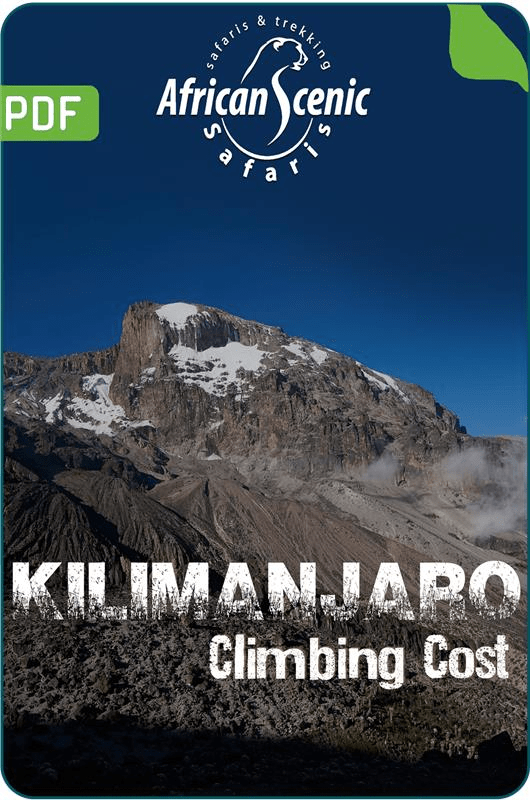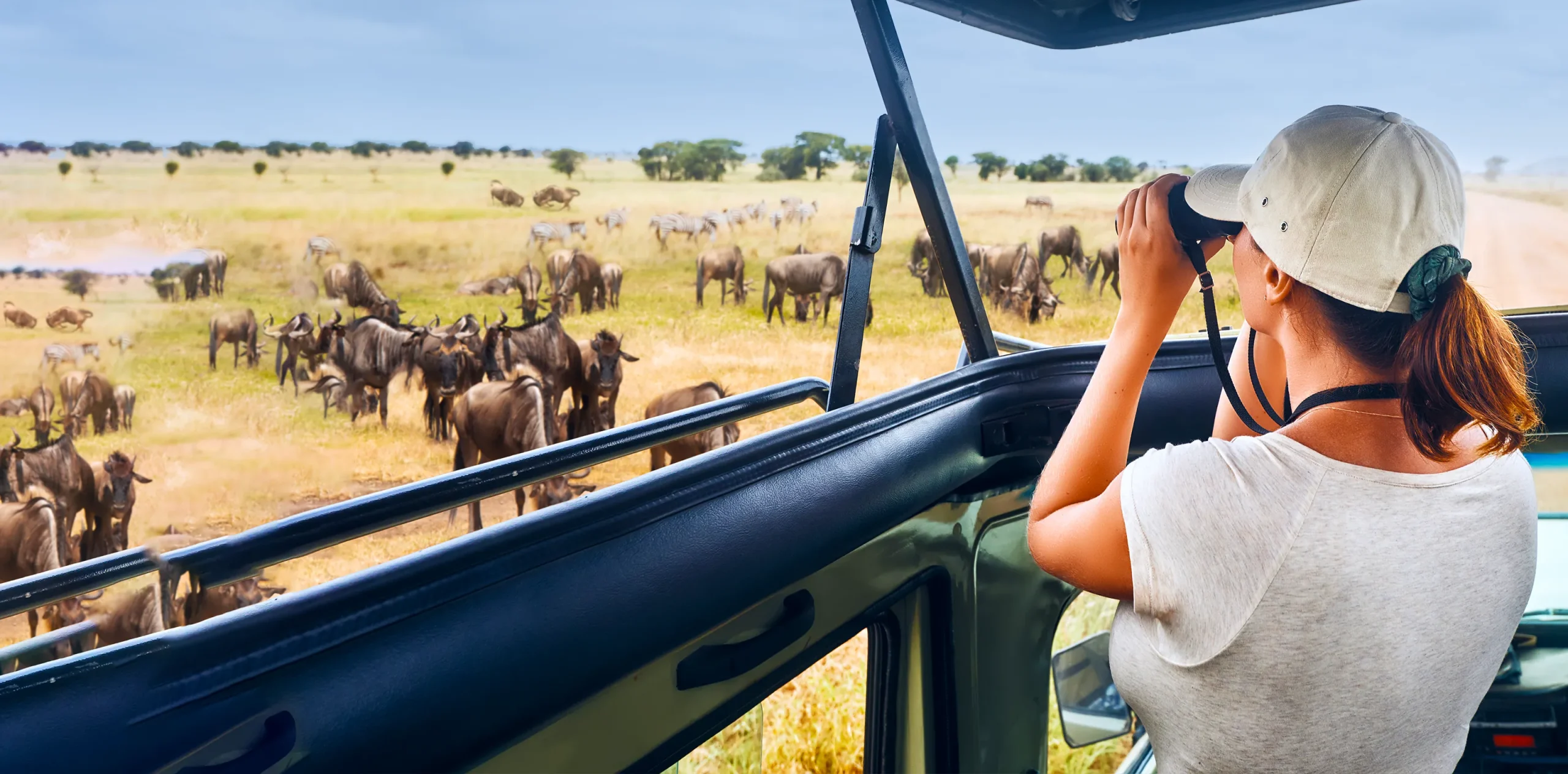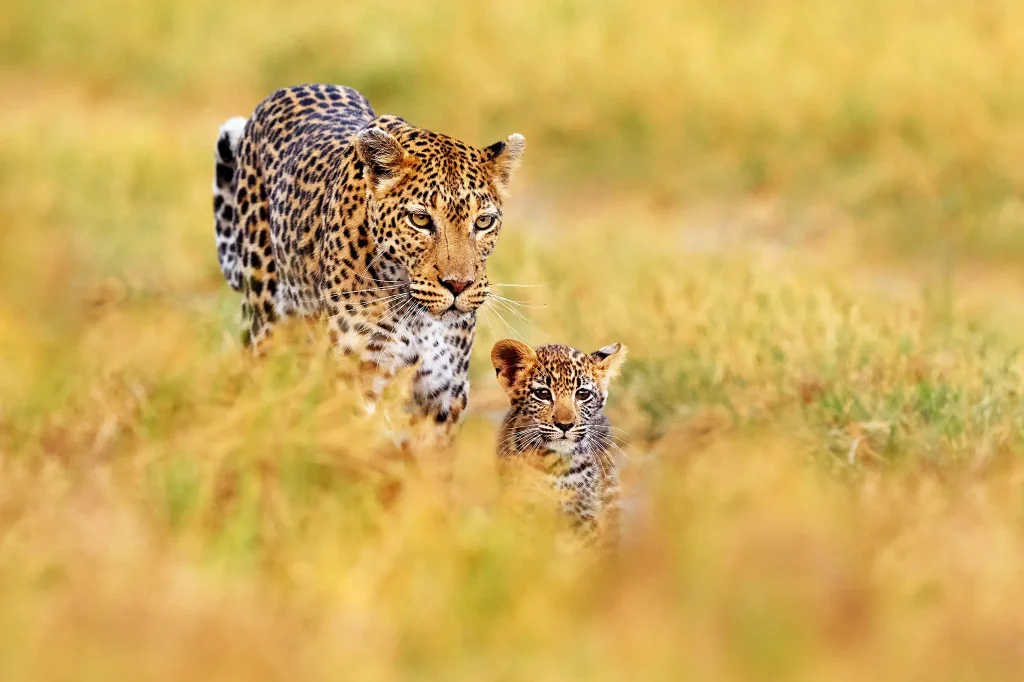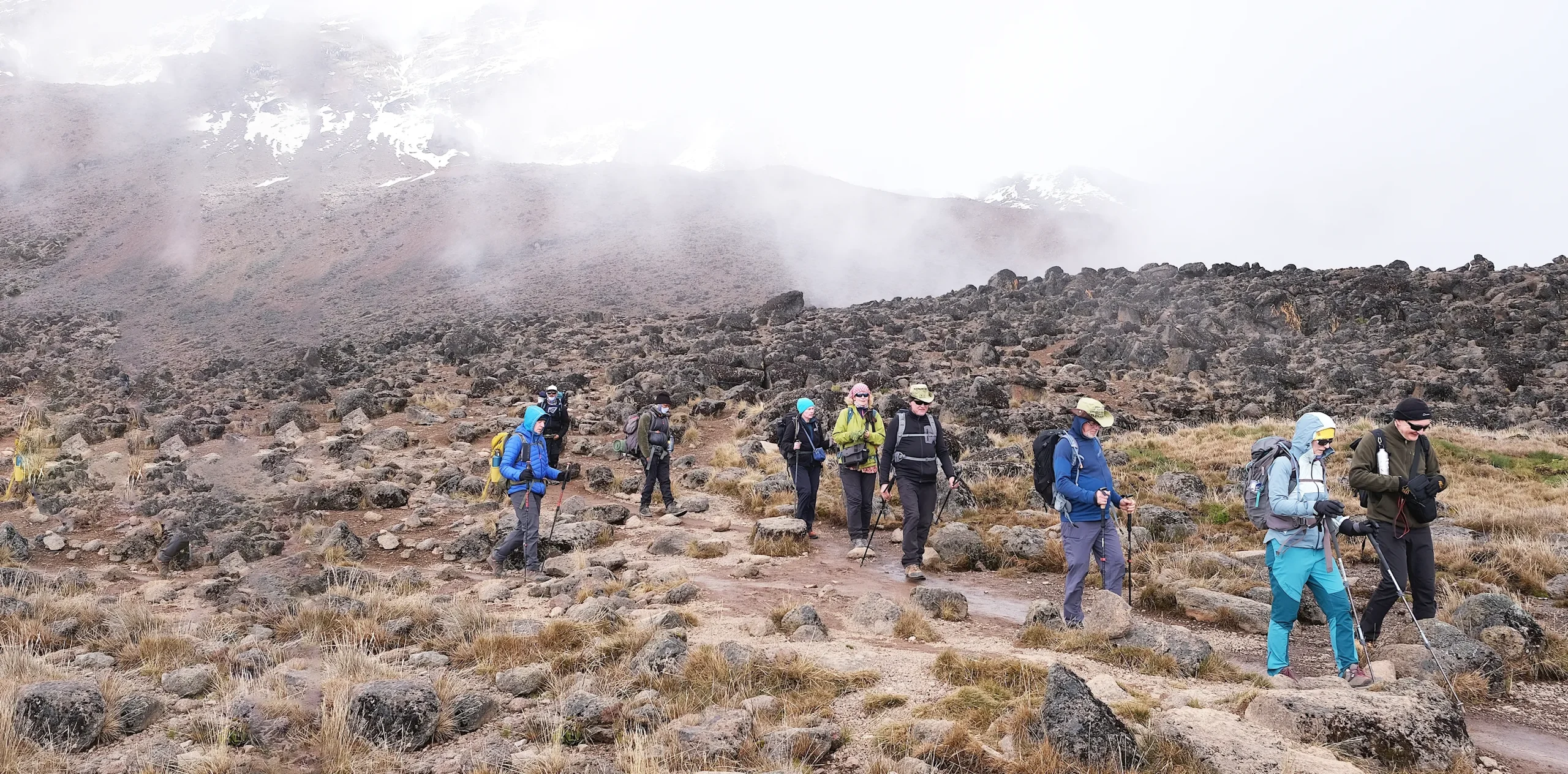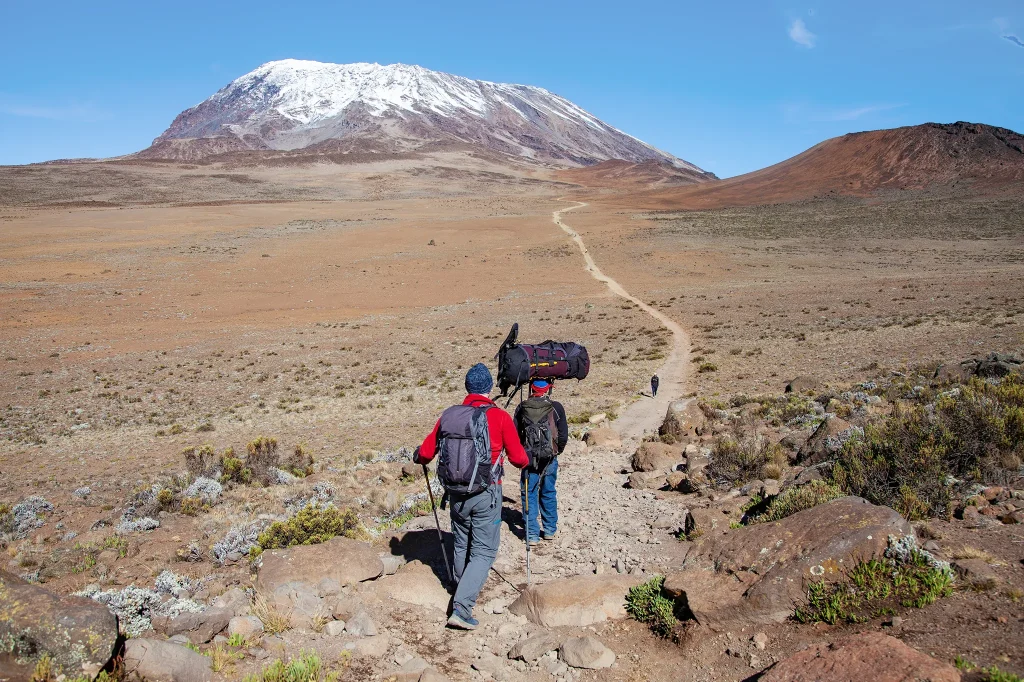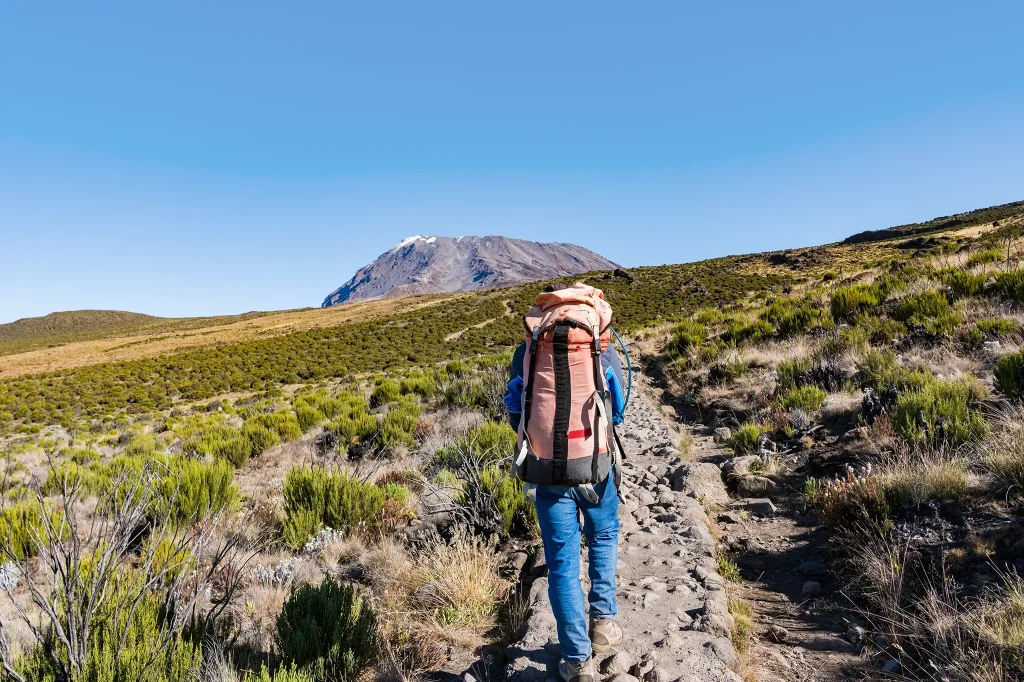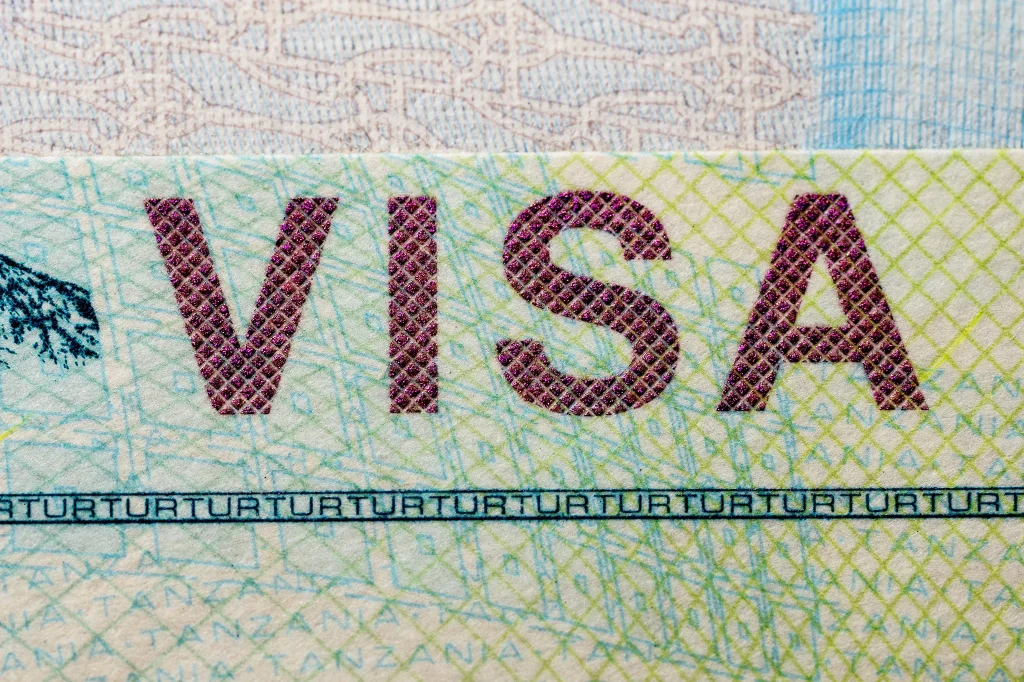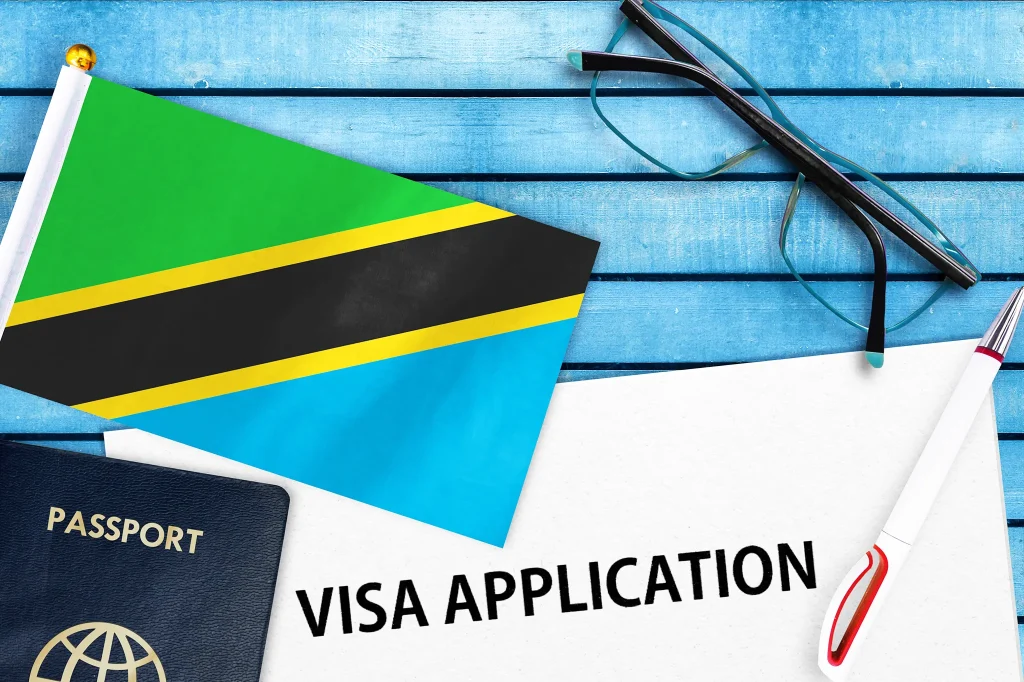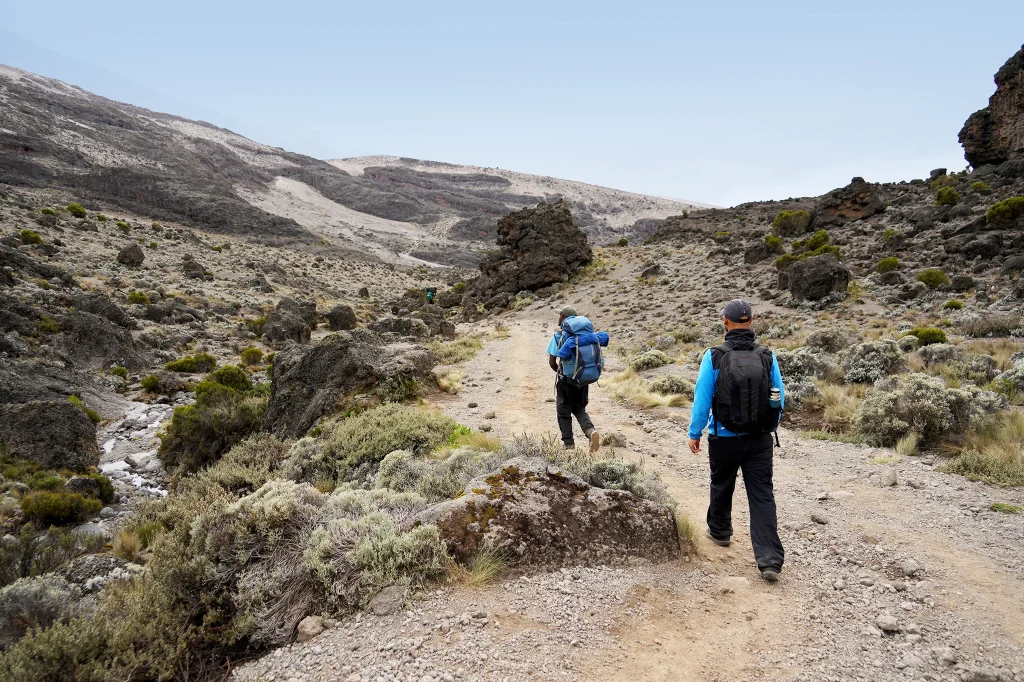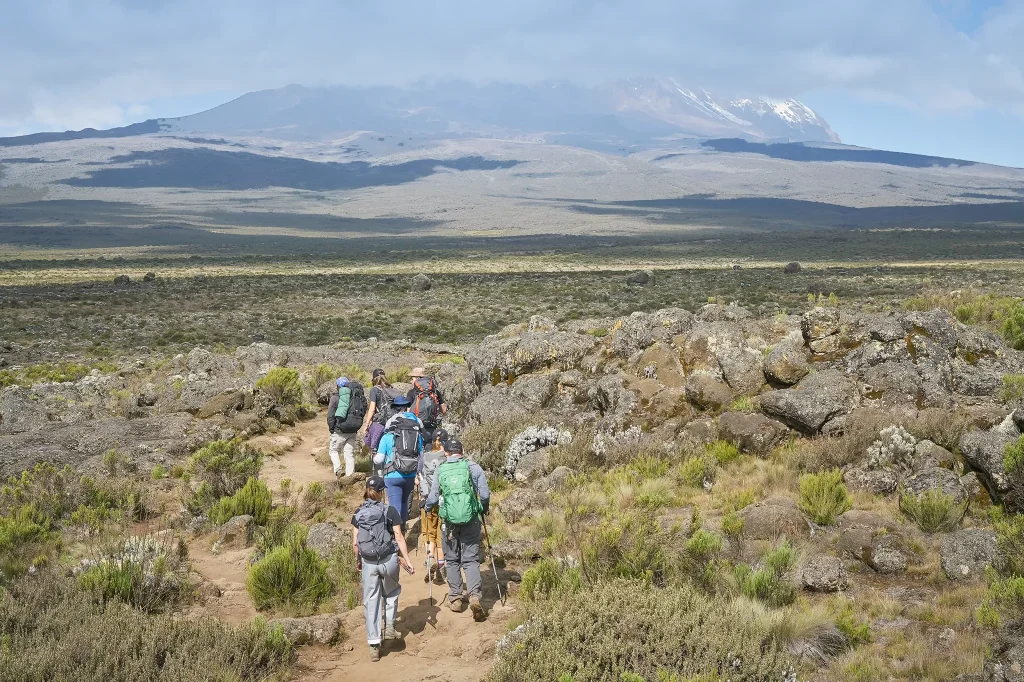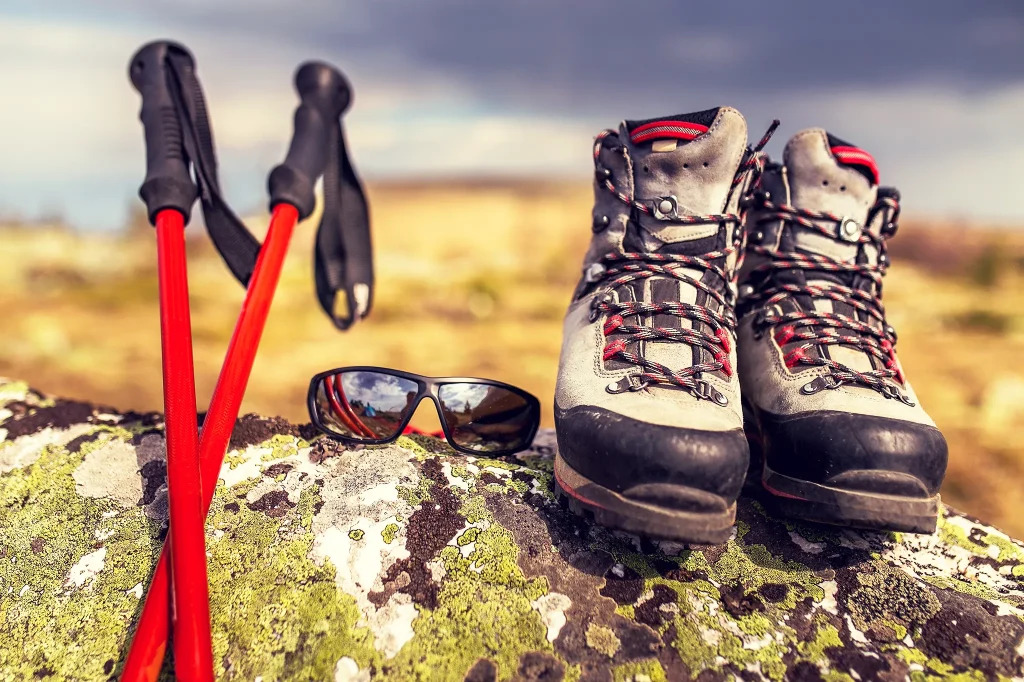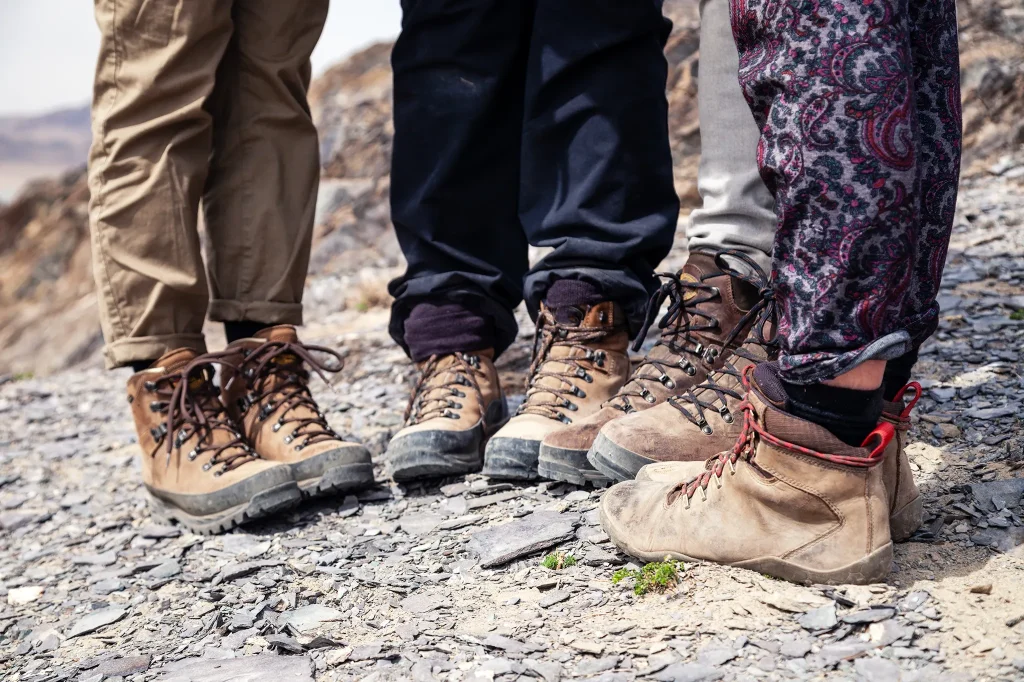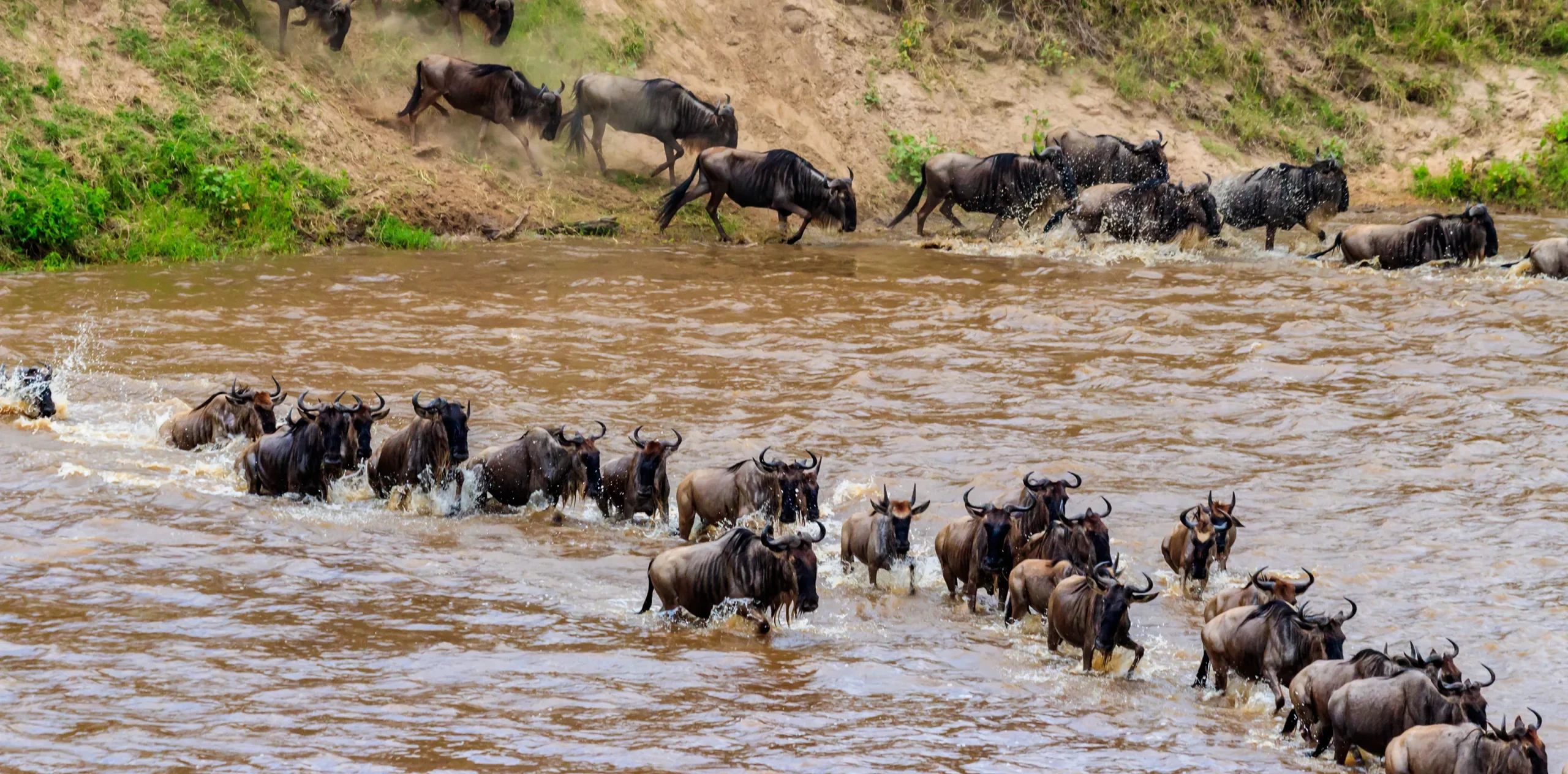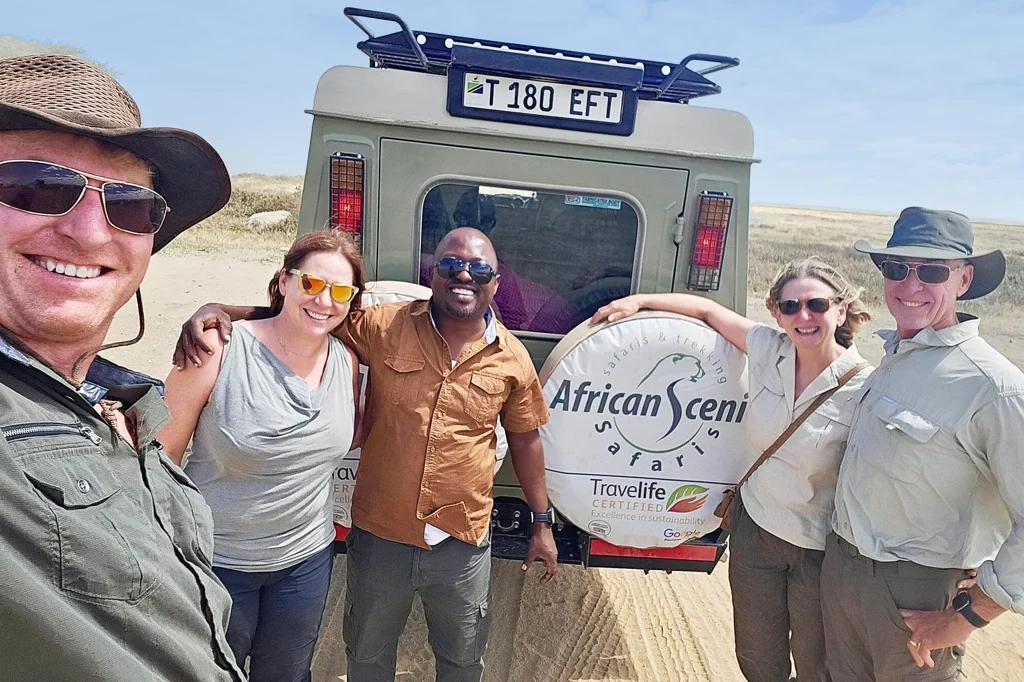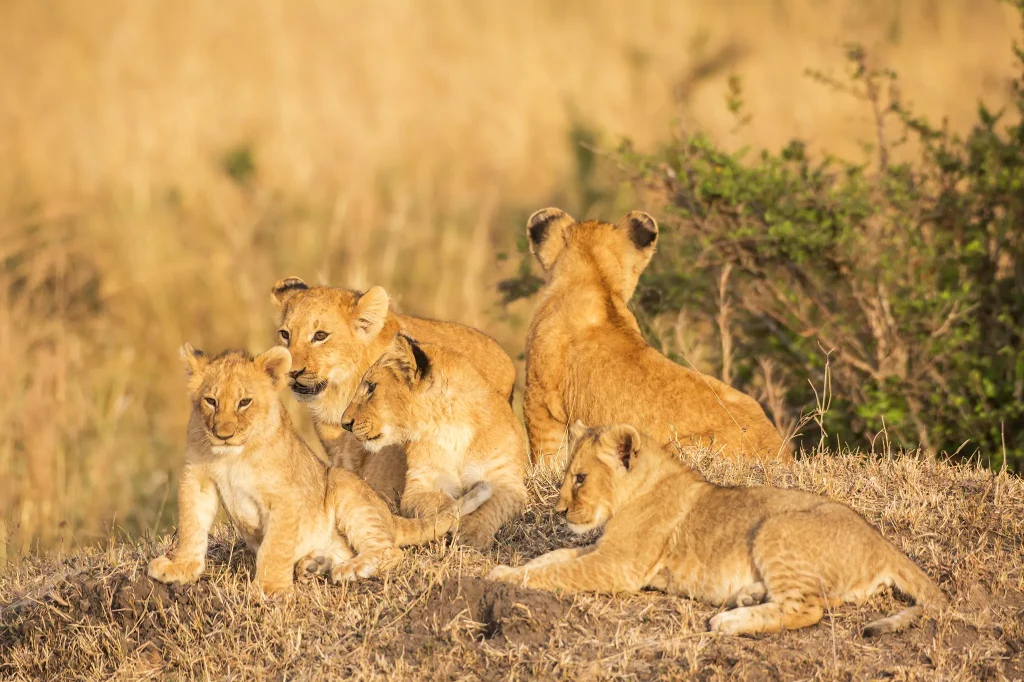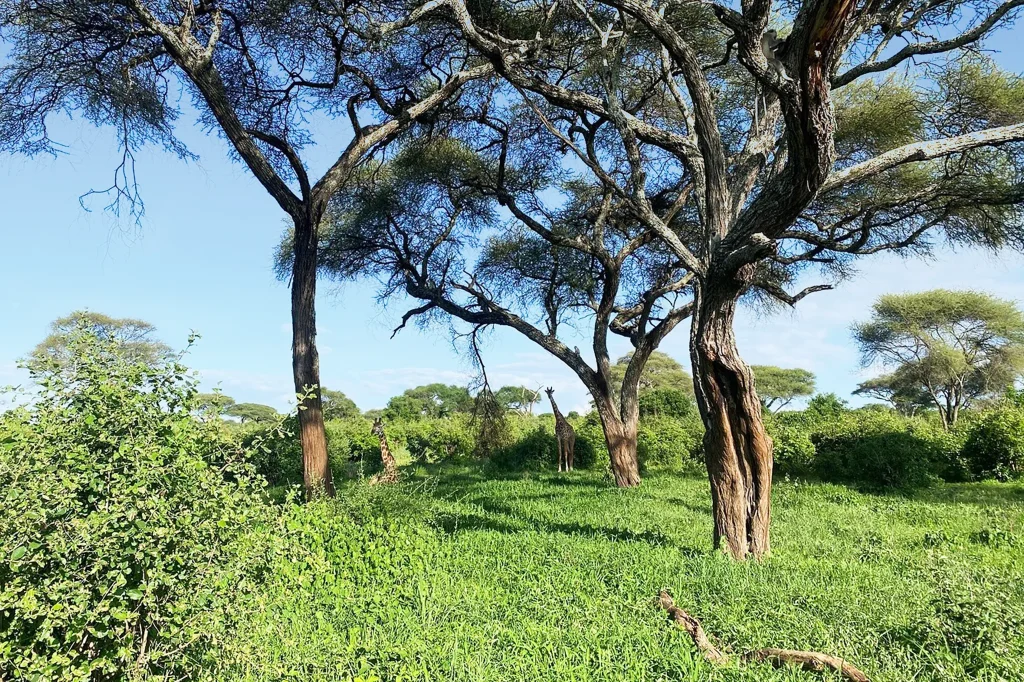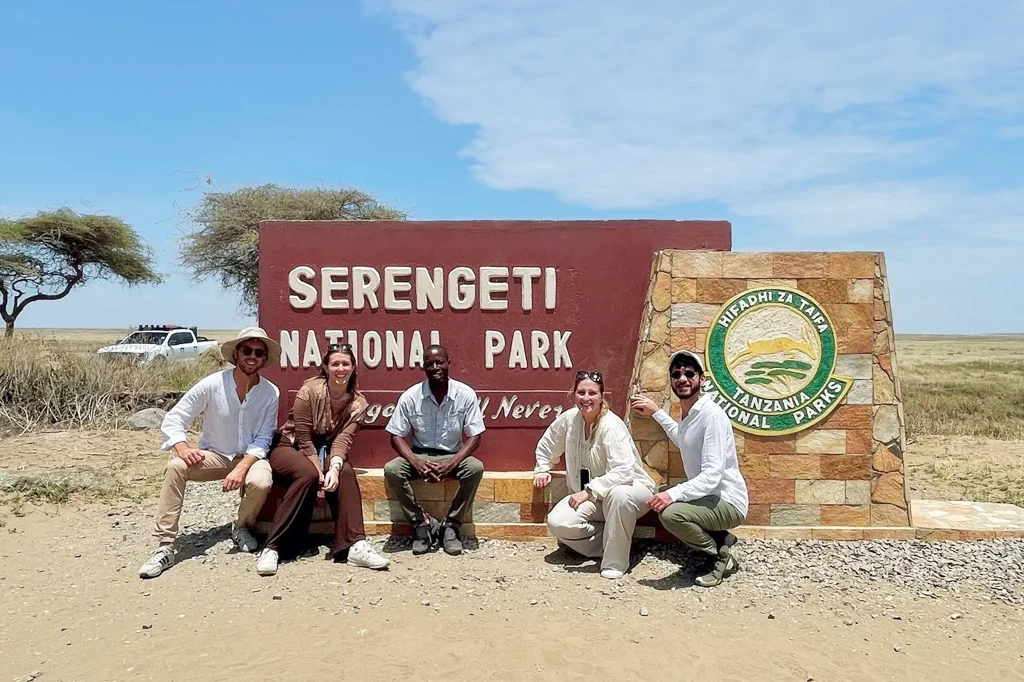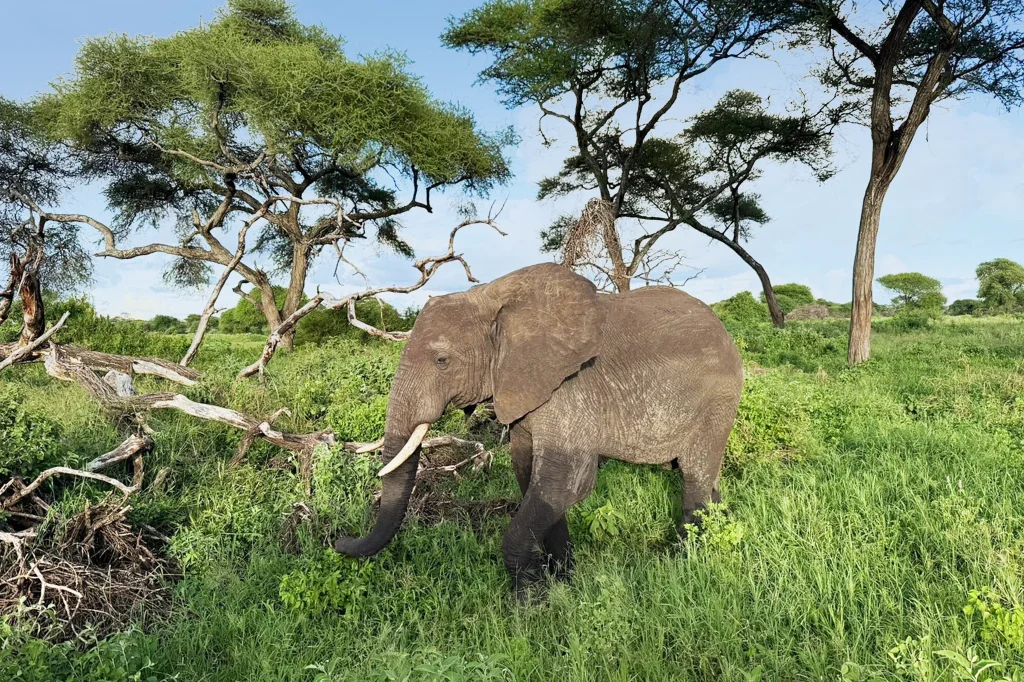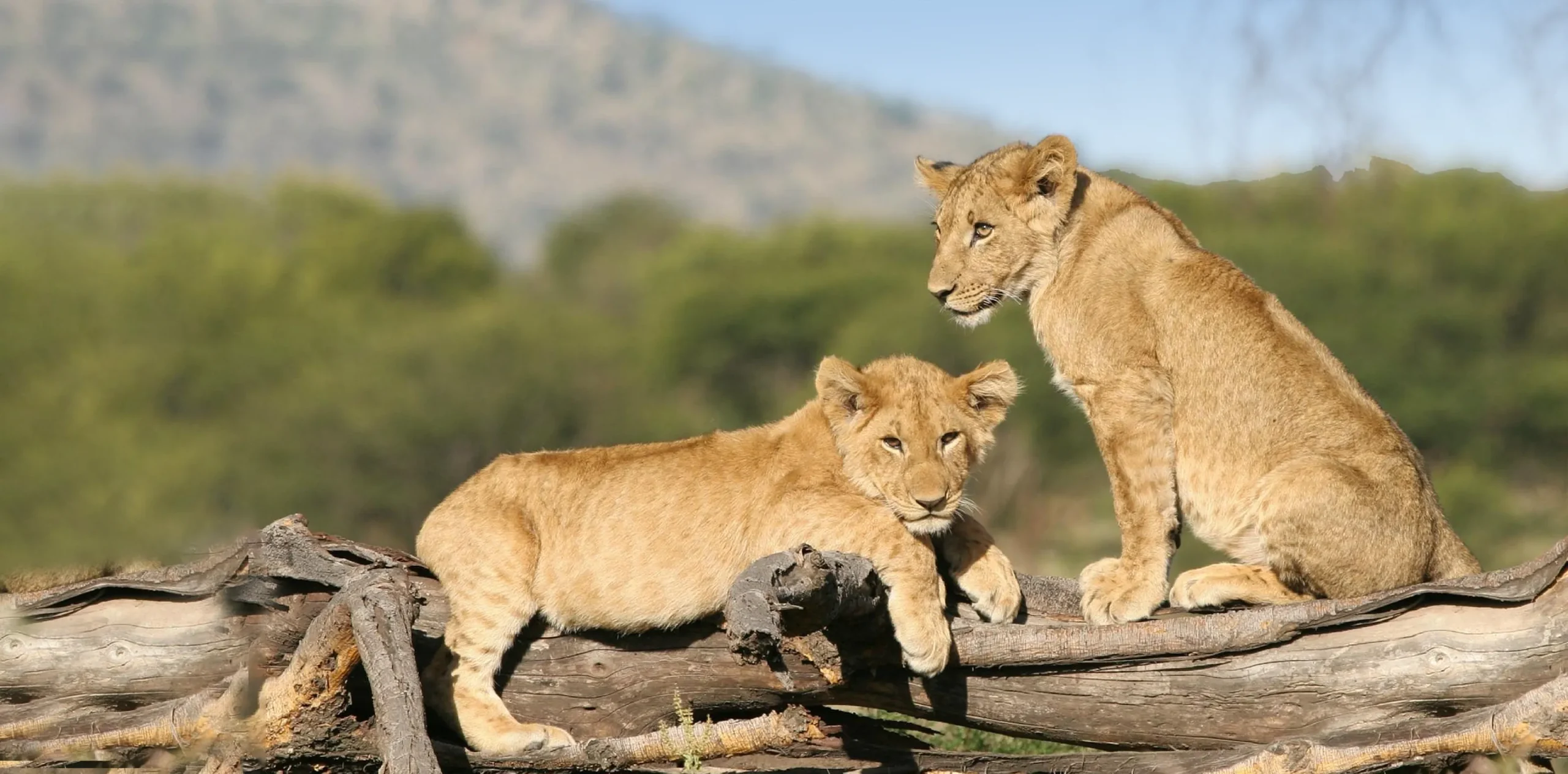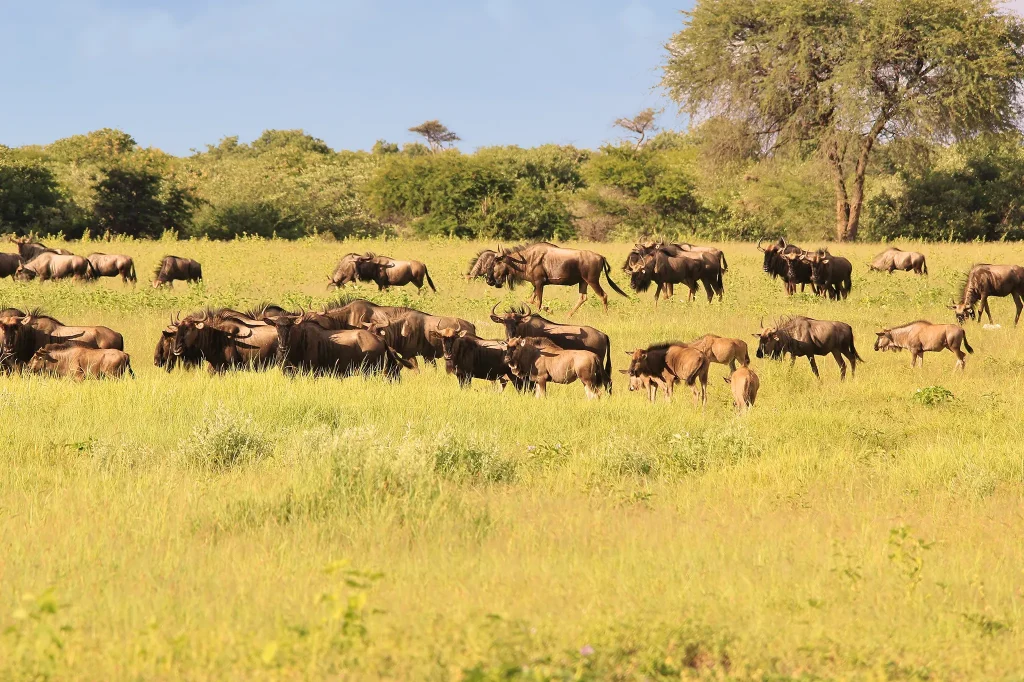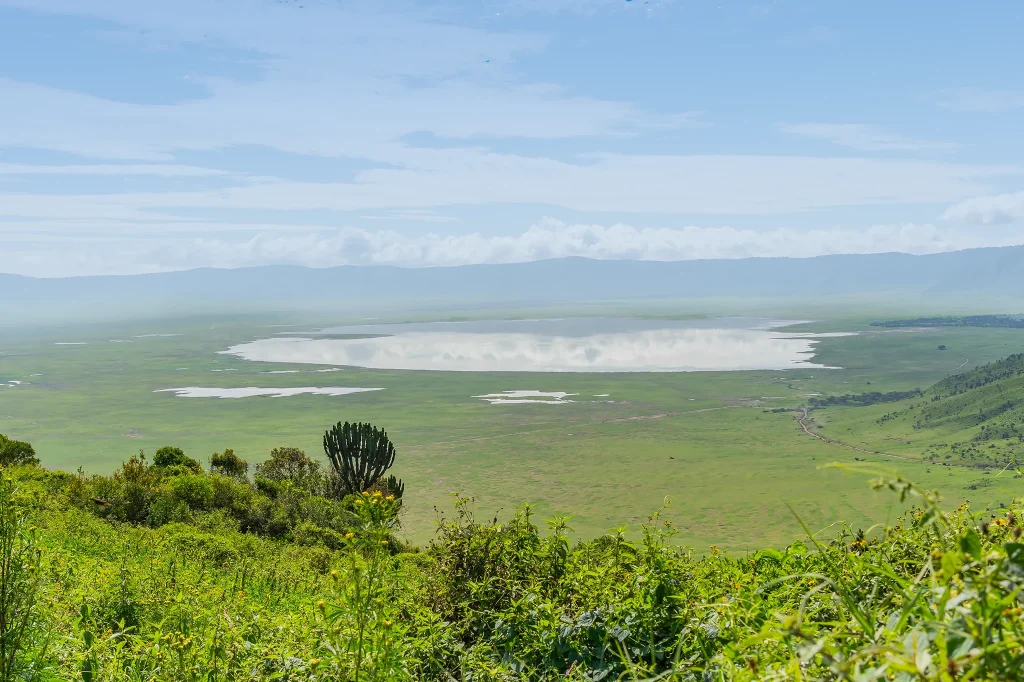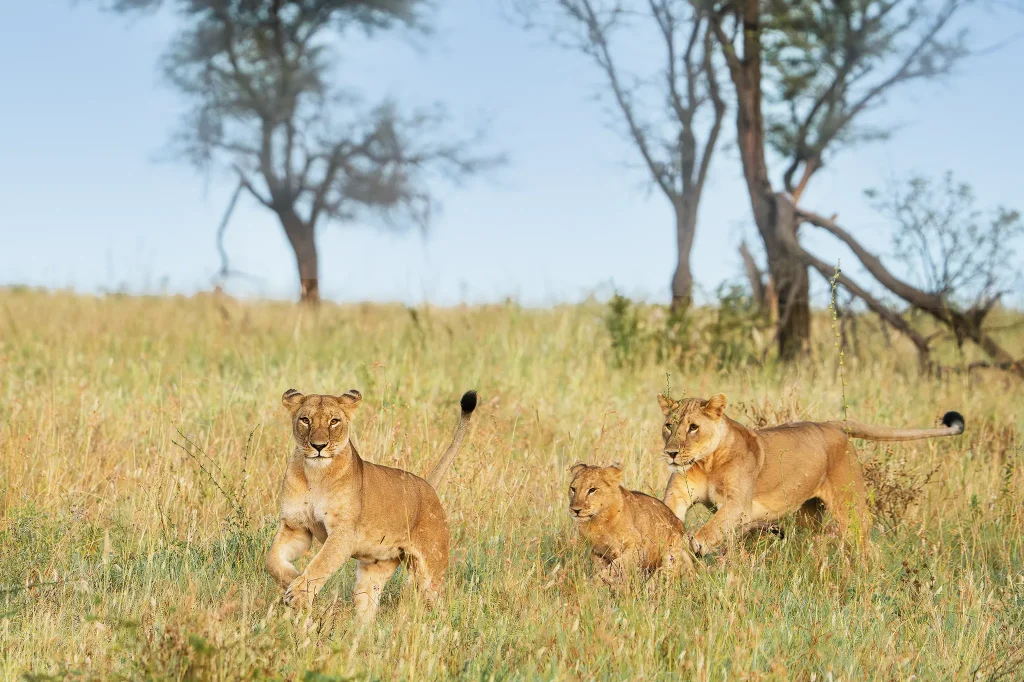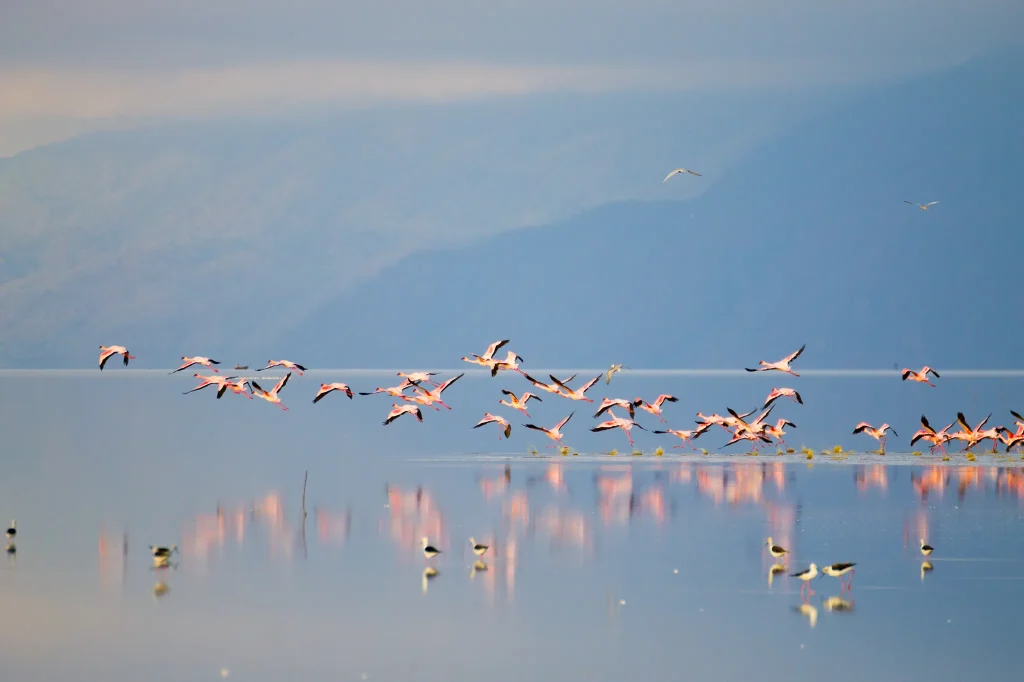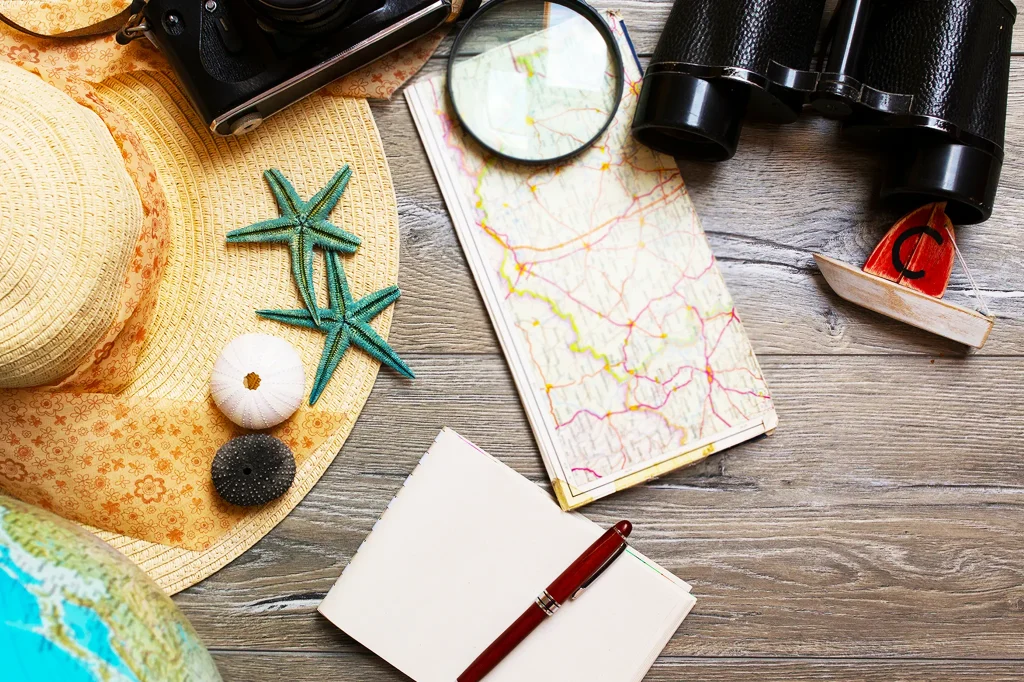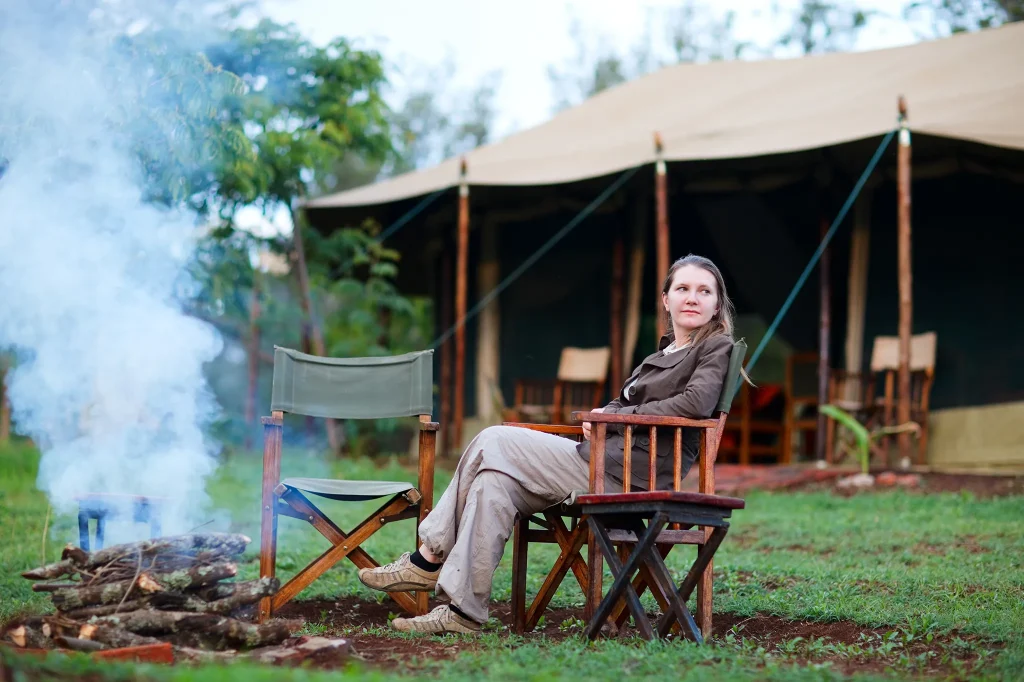Who would’ve thought you could go off the grid in one of Africa’s most renowned safari destinations? But, remote camping safaris will offer you exactly this. Our team at African Scenic Safaris has made this possible with tailor-made safaris and designated remote campgrounds. We have also compiled a Tanzania Safari Packing List, especially for remote camping.
With our recommendations for the packing essentials, you’ll be able to adequately prepare for your off-the-grid safari adventure. So, without going on about it, let’s get into the Tanzania Safari Packing List for camping in the remote Tanzanian Bush.
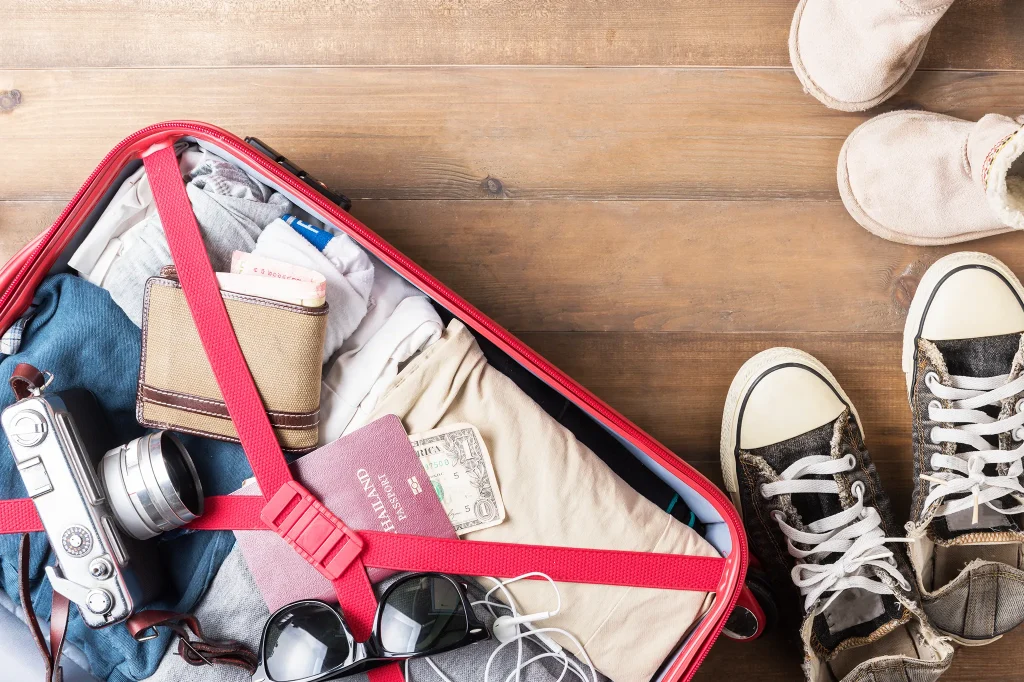
Camping And Gear Equipment Checklist for Tanzania Safari Packing List
Sitting around a campfire and sleeping amidst the sounds of faraway night wildlife are sure to evoke a sense of adventure. For this enhanced experience, you need to know what gear and camping equipment to bring. The essential pieces of equipment you’ll need are listed below:
| EQUIPMENT | DESCRIPTION | OUR RECOMMENDED BRANDS |
| Sturdy Tent | – This is the most essential piece of gear for remote camping. – Because you’ll need a good night’s rest and it’ll also protect you from the natural elements. | – REI Co-op Base Camp 6 – The North Face Wawona 6 – Marmot Tungsten 4P |
| Sleeping Bag | – If you don’t mind sleeping on the ground, then this will come in handy. | – REI Co-op Siesta Hooded 25 – Big Agnes Sidewinder SL 20° |
| Camping Stove | – Go old-school and make your food right at the heart of Tanzania’s wilderness. | – Camp Chef Outdoorsman – Kovea Slim Twin |
| Portable Water Filter | – Don’t compromise your safety and get a filter that works well outdoors. | – Sawyer Mini – Lifestraw – HydroBlu |
Good to Know –
During the nighttime and early mornings, the temperatures in Tanzania tend to get very cold. So, don’t skimp out on your gear and only include high-quality and durable items in your Packing List For Safari In Tanzania.
Clothing And Footwear Considerations In Tanzania Safari Packing List
When planning a remote camping Safari in Tanzania, it’s crucial to bring appropriate clothing and footwear for the trip. So, What To Wear On A Safari In Tanzania?
| CLOTHING ITEMS | FOOTWEAR |
| Lightweight breathable fabrics that protect you from the sun and cover your skin. | A sturdy pair of walking or hiking shoes, especially if you plan on taking walking safaris or walking along the Ngorongoro Crater. |
| A warm jacket for chilly mornings and nights. | A pair of flip-flops for relaxing around the campground. |
| A raincoat or poncho, especially if you plan on visiting during the wet season (From November to May). | Ensure that the footwear is appropriately broken in. This will help prevent swelling on your feet. |
| A wide-brimmed hat and sunglasses will protect your head and eyes from the sun. | Extra pairs of socks. |
Overall, the key is to pack lightweight, breathable, and comfortable clothing and footwear. While also making sure they will protect you from the elements and allows you to move freely and comfortably.
Pro Packing Suggestion – Avoid wearing bright colours on camping Safaris in Tanzania. The reasons for this are they attract tsetse flies, and white coloured clothing is likely to get covered in dust. Thus, stick to neutral colours like olive green and beige.
Food And Water Considerations On Camping Safaris
Preparing and storing food and water in the remote camping areas of the Tanzania wilderness can be challenging.
It’s essential to prepare ahead of time so that you’ll have enough food and water to sustain you throughout your trip. So, the following are some suggestions to help you prepare:
Pack Non-perishable Foods: When camping in remote areas, it’s a good idea to pack non-perishable foods such as canned goods, nuts, and dried fruits. These foods can last for an extended period without refrigeration and won’t take up a lot of space.
Bring Water treatment Supplies: To ensure you have access to safe drinking water, pack water treatment supplies such as water filters, purification tablets, or a portable water purification system. These supplies can help remove harmful bacteria and other impurities from the water.
Water is Key: Carry enough water to last for the duration of your off-the-grid Tanzania Safari Tour. If there are no clean water sources nearby, you may need to bring additional water or a water filtration system.
Dispose of Waste responsibly: Properly dispose of food waste and other trash. Carry a trash bag and dispose of it in designated waste containers or take it with you when you leave.
Stick to these suggestions and you’ll have no problems when it comes to food and drinks on your remote camping trip.
When you camp off the grid in Tanzania, your gear isn’t extra—it’s your survival toolkit and your passport to wild freedom.
Safety And Emergency Gear
No one can be prepared for every aspect of a remote camping safari. But, it’s always better to lean on the side of safety rather than question your choices later.
As you will be completely off the grid in Tanzania, it’s a good idea to include some emergency and safety equipment in your Tanzania Safari Packing List. Here are some essential things you should consider while packing for your Tanzania Safari Tour:
| Safety Equipment | Why Should You Include It |
| Insect Repellent | Protect yourself from mosquitoes and other insects carrying diseases like malaria. |
| Hat with a Mosquito Net | Prevent insect bites around your face and neck with a hat featuring a built-in mosquito net. |
| Satellite Phone | – It will help you stay secure in remote areas. – As the name suggests, it uses satellites rather than cell towers to make calls, which is perfect for remote camping safaris. |
| Emergency Signalling Devices | They will help greatly in times of emergencies. Consider devices like radios and personal locator beacons or even whistles. |
There are some additional things to consider when assembling a Tanzania Safari Packing List. For the complete overview follow this link – https://africanscenicsafaris.com/blog/14-essential-things-to-consider-for-your-safari-packing-list-tanzania/
| Health And Hygiene Equipment | Why you should bring it |
| Hand Sanitizer | Maintain good hygiene by carrying hand sanitizer for situations when water and soap are unavailable. |
| Wet Wipes and Toilet Paper | Pack biodegradable wet wipes and toilet paper for personal hygiene needs. |
| Medications and First Aid Supplies | Bring any necessary prescription medications and a fully stocked first aid kit. Some things you should include in the kit: Prescribed MedicationsAnti-malaria tablets/pillsMosquito repellent with DEETFlu and cold medications – Ultra lightweight kit recommendations: Welly Quick FixHART Day Hike |
| Sun Protection | Use a high SPF sunscreen, lip balm with UV protection, and sunglasses to shield yourself from the sun’s harmful rays. |
Health and Hygiene
When venturing into the remote wilderness of Tanzania, it’s important to prioritise your health and maintain good hygiene practices. Here are some essential items to include in your Tanzania packing list to ensure you stay clean, comfortable, and healthy throughout your safari:
| Health And Hygiene Equipment | Why you should bring it |
| Hand Sanitizer | Maintain good hygiene by carrying hand sanitizer for situations when water and soap are unavailable. |
| Wet Wipes and Toilet Paper | Pack biodegradable wet wipes and toilet paper for personal hygiene needs. |
| Medications and First Aid Supplies | Bring any necessary prescription medications and a fully stocked first aid kit. Some things you should include in the kit: Prescribed MedicationsAnti-malaria tablets/pillsMosquito repellent with DEETFlu and cold medications – Ultra lightweight kit recommendations: Welly Quick FixHART Day Hike |
| Sun Protection | Use a high SPF sunscreen, lip balm with UV protection, and sunglasses to shield yourself from the sun’s harmful rays. |
The Only Camping Tanzania Safari Packing List You’ll Ever Need!
Taking all the above aspects into account, going off the grid on a remote camping safari in Tanzania requires careful planning and preparation. As outlined in the Tanzania Safari Packing List, it is essential to pack light, breathable clothing suitable for the semi-arid climate of the Tanzanian Bush.
Additionally, essential items such as a high-quality tent, sleeping bag, and portable water filter must be packed to ensure a comfortable camping experience.
Be assured that our Tanzania Safari Packages are customizable. This means you’ll get to choose your personal designated camping areas where you can have a remote camping safari experience.


